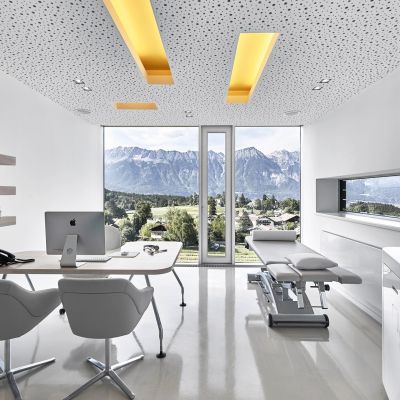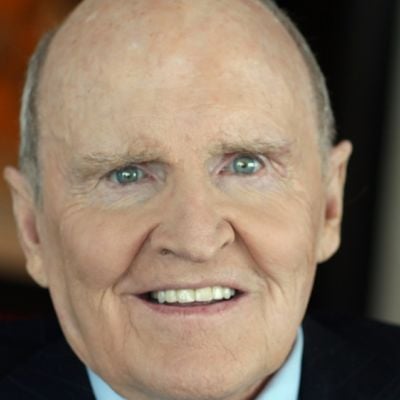Raise A Glass

The Riedel family pioneered the concept that the shape of the glass affects the taste of wine. Now 11th-generation president Maximilian Riedel continues to modernise the contemporary glassware industry.

To say that Maximilian Riedel, 11th-generation owner, CEO and president of Riedel, is something of a petrol head is an understatement. Refreshingly un-PC, we’ve barely sat down and he is lamenting the rise of the electric car.
“I’m not buying into this electric trend. I’m a gasoline head; I love the sound of the engine and I’ll miss it when they’re gone.”
Fortunately, he has plenty of time to drive his gas-guzzling motors up and down the Alpine roads on his daily commute between Kitzbühel, the celebrated ski resort he calls home, and Kufstein, the headquarters of Riedel. It’s a journey of “pure enjoyment” he says.
“It’s a 40-minute commute but, the way I drive, it takes 25,” he says, deadpan.
He uses the time to make phone calls — Austria has excellent network, he adds proudly. Riedel can speak to Asia in the morning and the US on the return journey. A passionate automophile, he has Ferraris (“my prancing horses”) and Lamborghinis, as well as vintage motors.
“But nothing beats a modern car like nothing beats a modern wine glass, there’s always an improvement” he says, with a neat and typically efficient segue to the reason for our meeting.
We’re here to discuss the latest innovations from 260-year-old Riedel Crystal, probably the world’s most famous maker of wine glasses and one of very few that still makes its own products.
The company is credited with the discovery that the shape of the wine glass affects the taste of the contents. It was Maximilian’s grandfather, Claus, who developed the world’s first-ever “varietal-specific” glasses in 1958. Before, unthinkably, Bordeaux and Champagne would have been served in the same glass.
Maximilian has continued the tradition of disrupting through design; for example, designing the revolutionary stemless ‘O’ glassware series launched in 2004. Inspired by decreasing storage space of millennials, the glass became the most successful new collection in Riedel history, revolutionising how the world viewed luxury glassware. He attributes the design to the need for a “wine glass that was beautiful and stackable but more casual than our others”. The series became the most copied set of glassware designs worldwide.
After joining the family business at age 18 and moving to the US, in less than a decade he more than quadrupled company sales in North America, making it the company’s largest export market. Riedel takes inspiration from the world around him. He was influenced by his Chinese birth year of the snake to create a double-decanter in the shape of a cobra, which decants wine as liquid flows both in and out of its coils, for which he earned a patent from the German government.
The ultrathin mouth-blown Superleggero series was named after his beloved racing cars of the 1960s. And, more recently, it was his morning commute that gave Riedel inspiration. “My new collection is called Performance, which I honestly took from when I was driving my Lamborghini, which is called Performante.”

The Performance Collection fulfils Riedel’s philosophy of form following function, he explains. “Our glasses are not supposed to be beautiful but have a function.” I look closely at the glass. It’s attractive, with a very wide base, no seams, suggesting handcraft. But the most interesting aspect is the ridged optic impact inside the glass, while the outside of the glass remains smooth. The idea came about when Krug commissioned Riedel to make a glass for its Rosé Champagne, he says.
“It was a difficult task, they did not want a flute, but they also did not want a large red-wine glass where the fruit would dominate.” And, so, the Performance Collection was born: because of the ridges, the surface area is about a third bigger than the glass, to open the scent and taste when swirling and smelling.
In fact, Riedel has long been a proponent of drinking Champagne out of a Riesling-style glass as opposed to a flute. Legend goes that the use of the flute came about only to showcase the bubbles, at the request of its inventor, Dom Pérignon. But, early on in his career, Riedel realised this was all wrong.
“I call it my personal crusade. My very first job was at Tattinger in Reims, and I saw that behind the scenes, the professionals never used flutes, they used Riesling-style glasses. The flute was just there to sell the Champagne, and for the service staff to fit carry many at one time without spilling.”
It was only very recently that it became acceptable for people to serve Champagne in non-flutes, partly thanks to Riedel providing an alternative. “We left our mark on the industry when we created the ‘Champagne wine glass’ five years ago.”
Taking on this 260-year-old business has not been without its challenges, says Riedel, especially at this turning point in social norms, where the company could have gone the way of many of its peers.
“Glassware is a dying breed; it’s the same with everything that decorates the table,” says Riedel. “There’s less and less attention to the table-top industry. My grandparents always had a table decorated with silverware, bone china and porcelain; it was how we greeted guests. But the wealth went from on the table to underneath the table. Nowadays it’s more important for people to wear an expensive watch, tailored suits, beautiful shoes and handbags that have no limit.”
One of only reasons that his company continues to be successful, Riedel says, is because it has changed the fundamental narrative. “We no longer decorate tables. Now, we say, we craft instruments.”
He points to the booming fine-wine industry. According to Wealth-X, around two percent of UHNW wealth is tied up in fine wine, which equates to billions. Knowledge about wine has become an important part of gaining respect in society. “Nowadays you show wealth by opening a fine bottle of wine and we are the best instrument to showcase that wine. We are the key to unlock this quality.”
This article originally appeared in Billionaire's Visionaries Issue, March 2019. to subscribe contact









